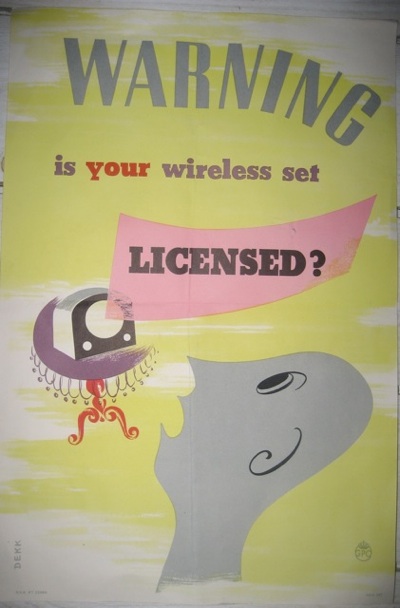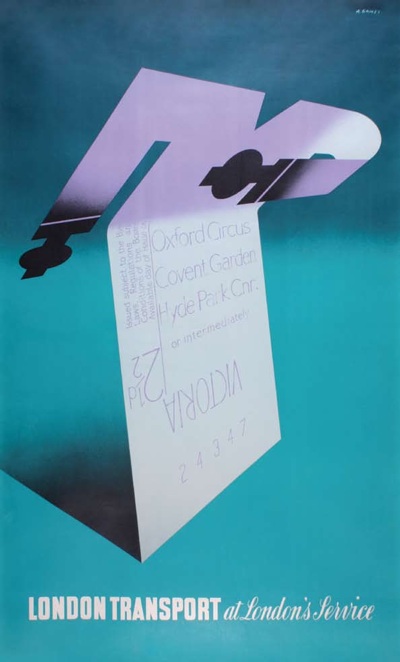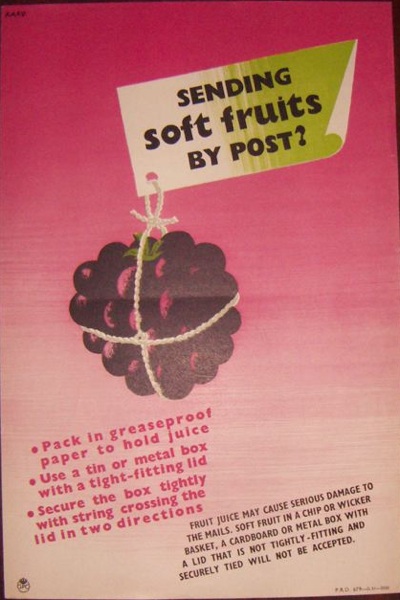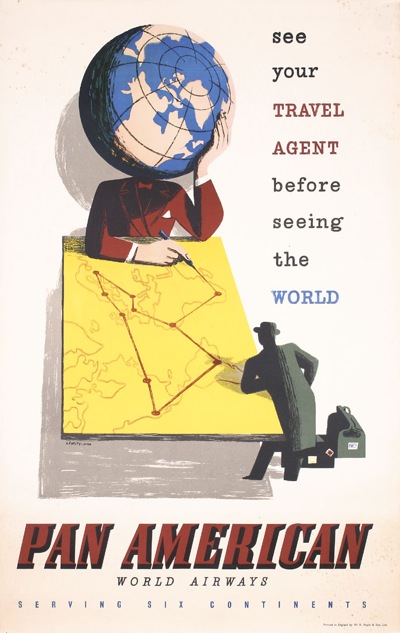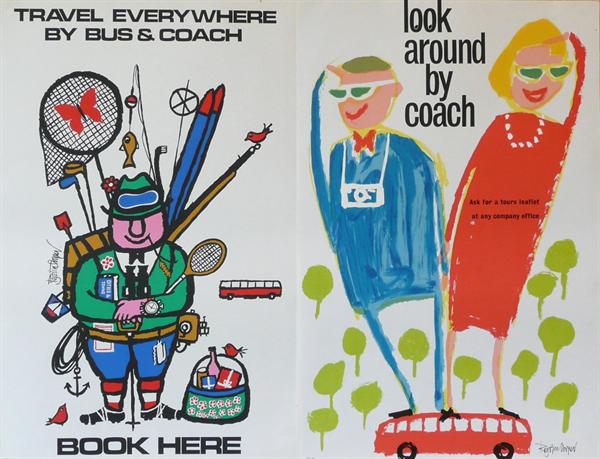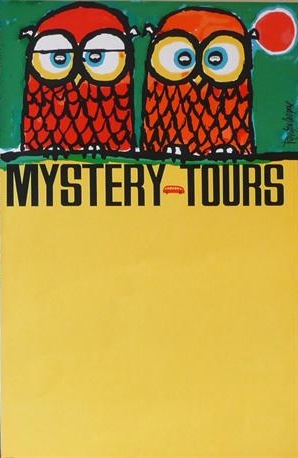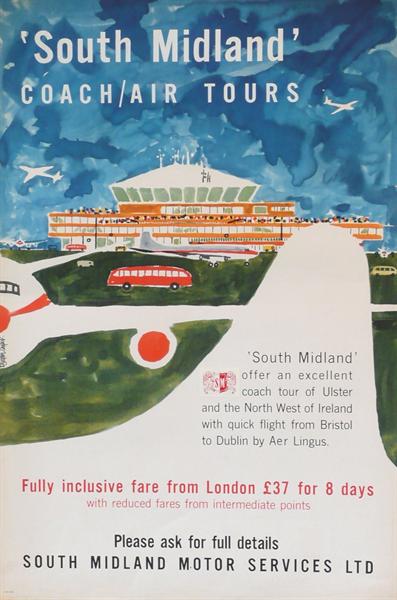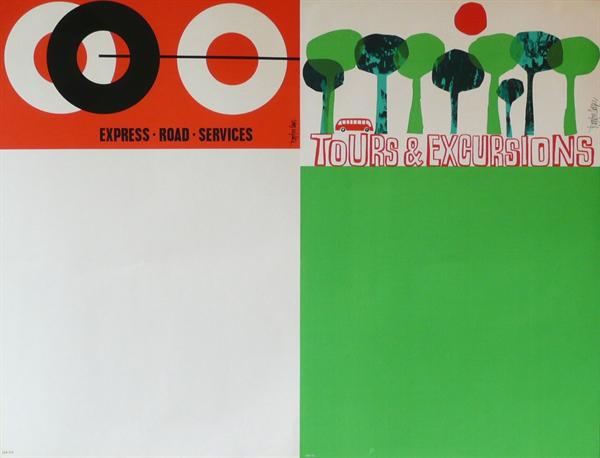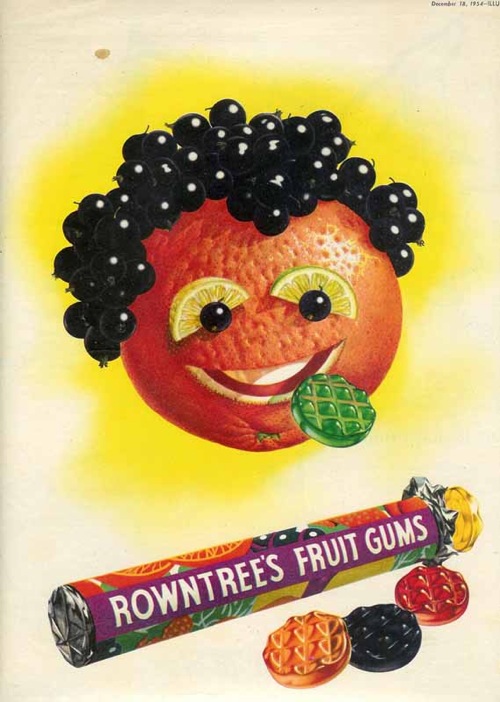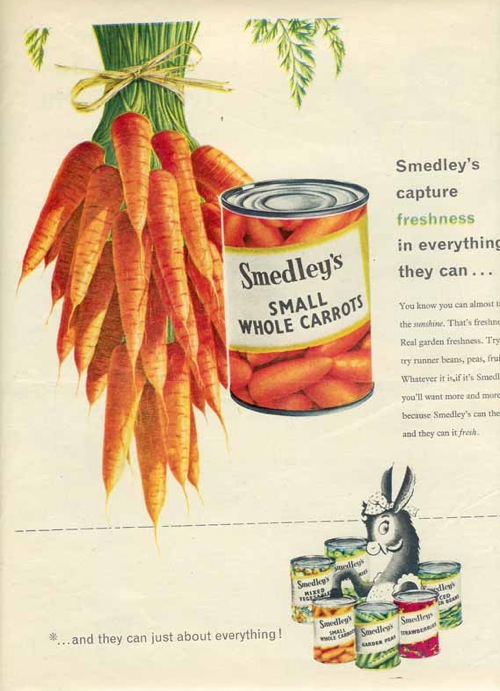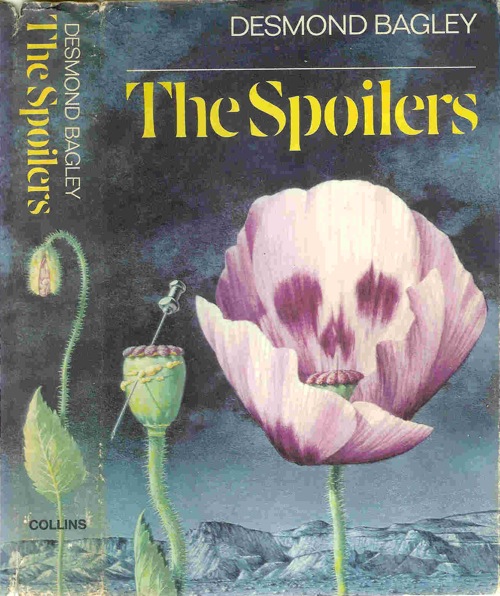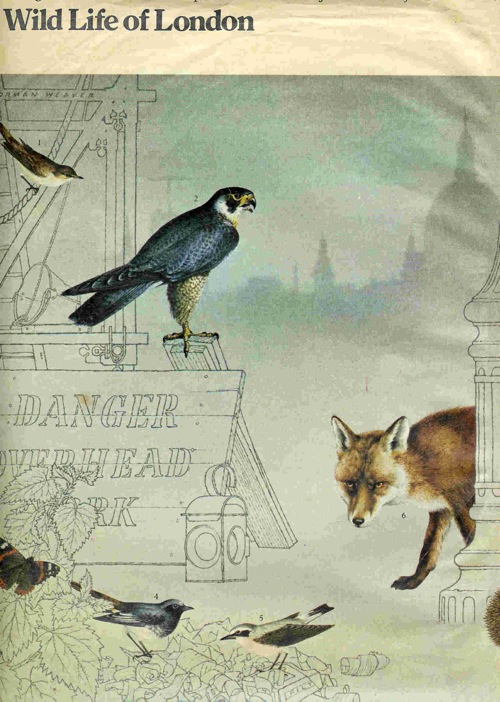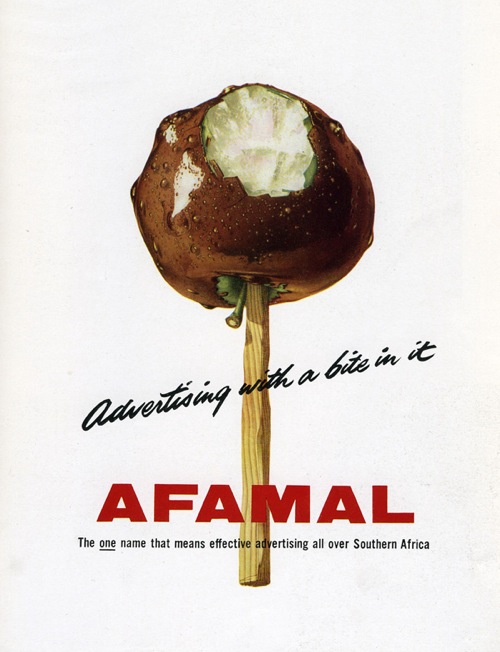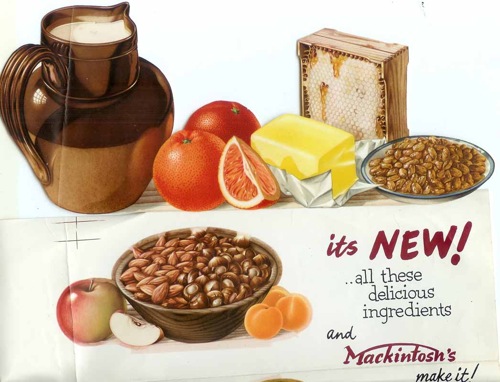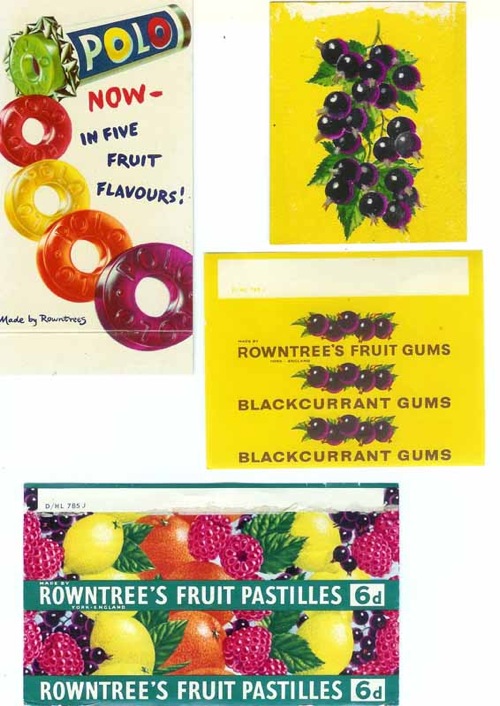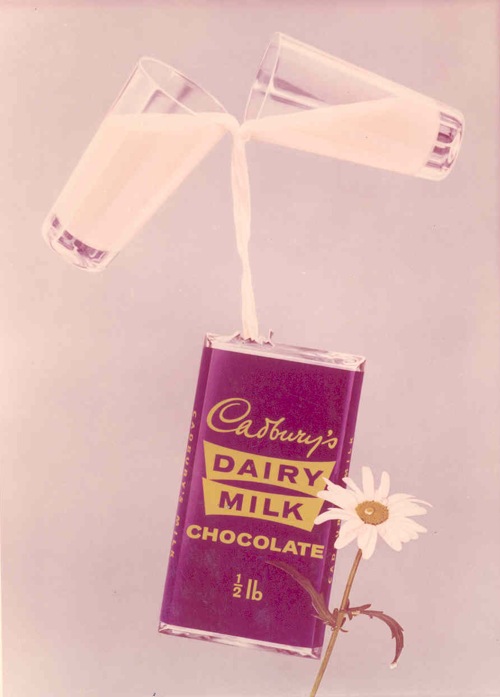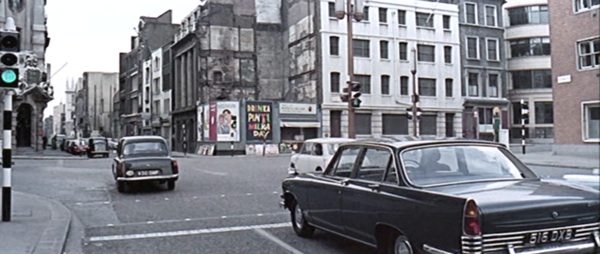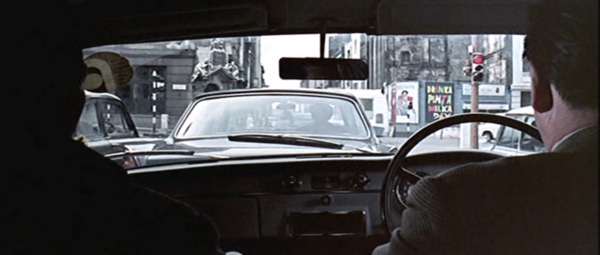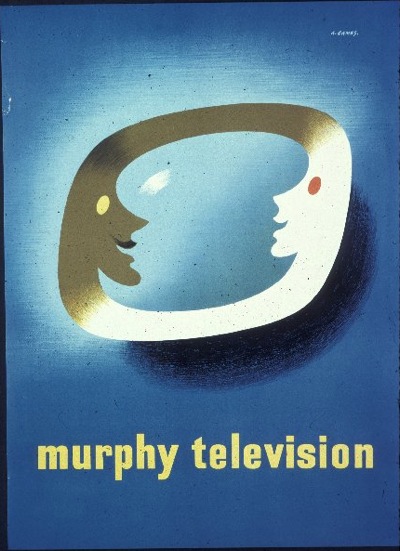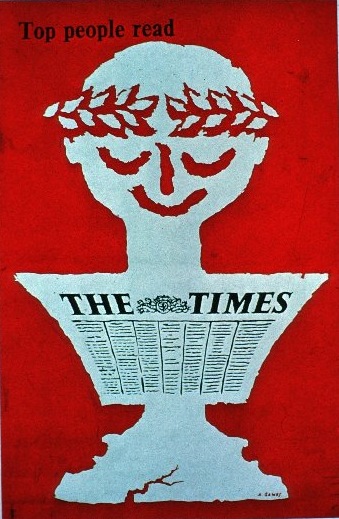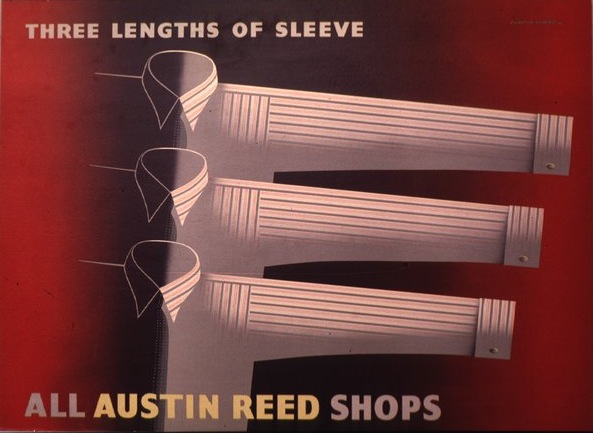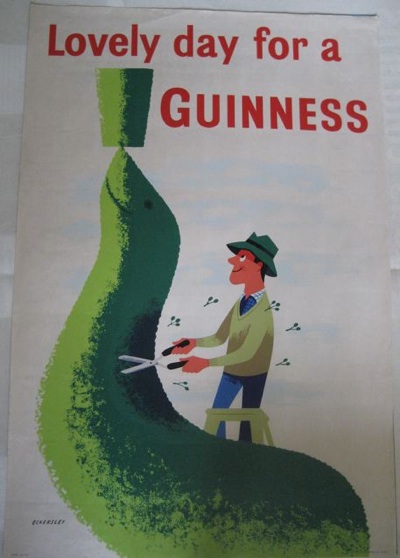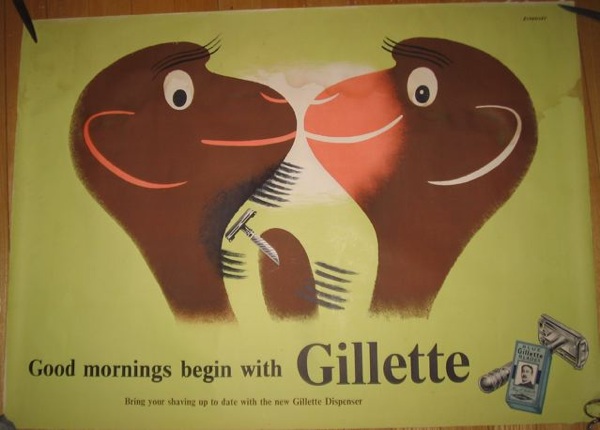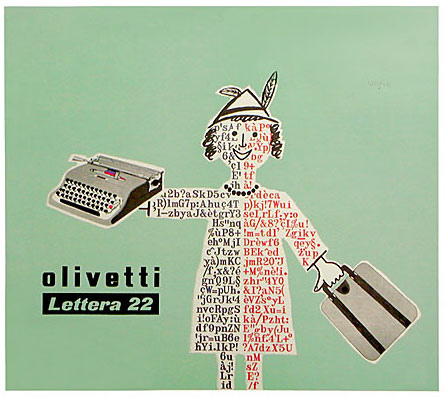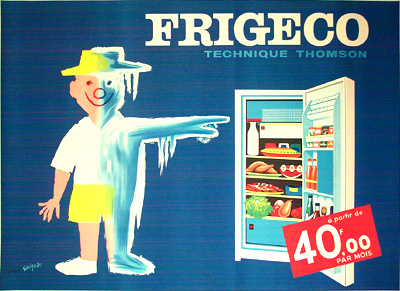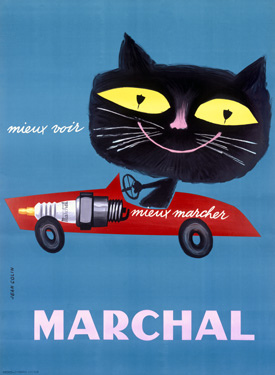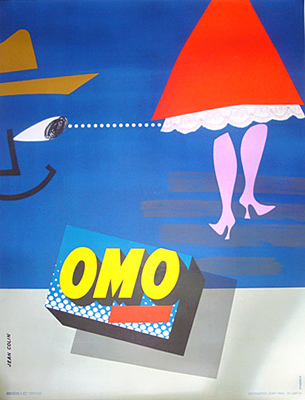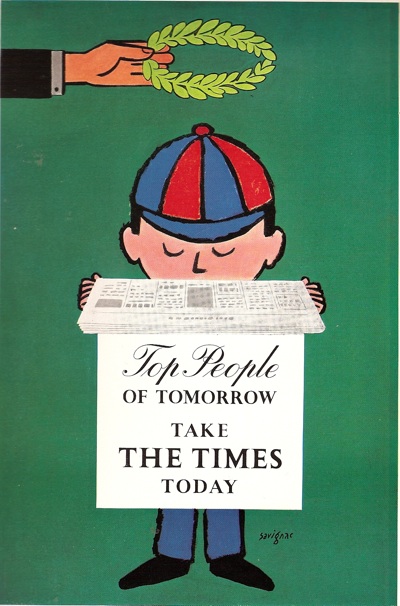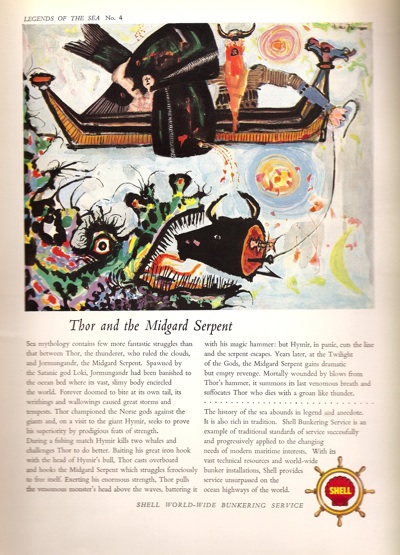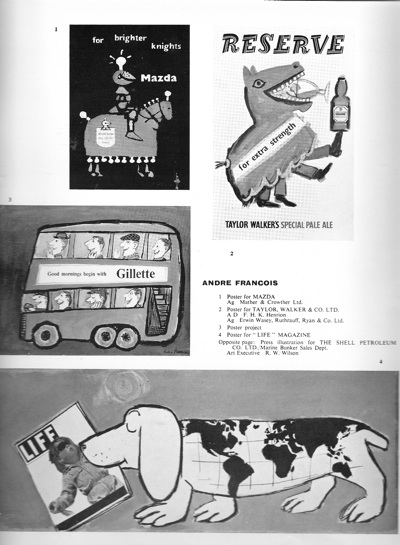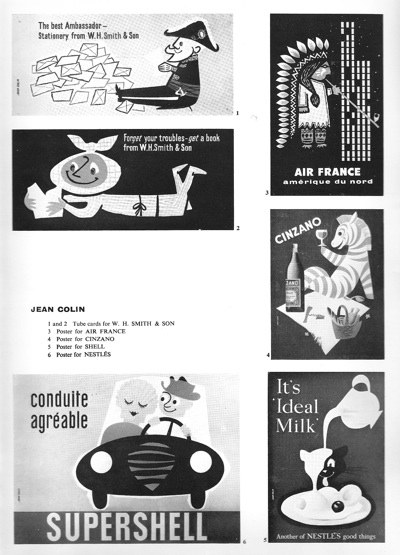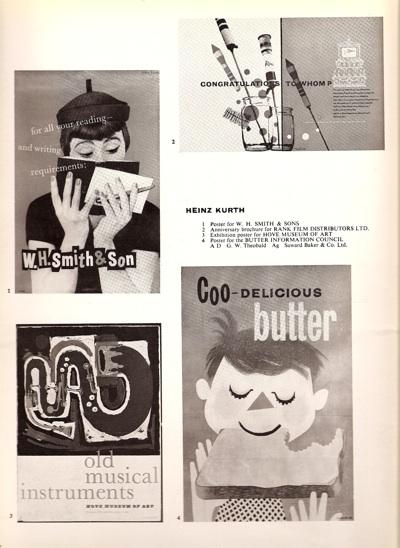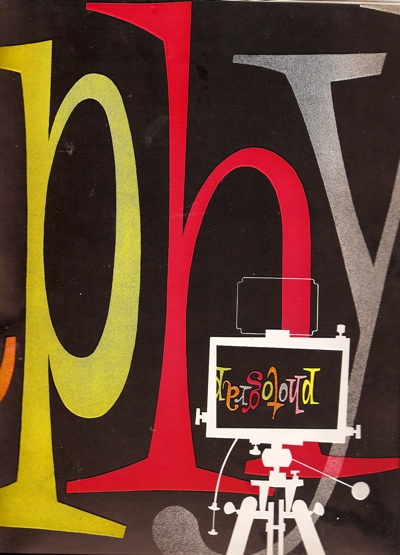Over-modern and over here
An interesting comment appeared a week or so ago on a older post about Beverley Pick.
He was a man. Bless him… He was my uncle and a very clever man..He also did the original Moby Dick… Beverley was originally from Austria and lived many years in Sunningdale during the winter. Autumn he would visit his House in Cork and in his latter years he and his wife would live in France where they had a gorgeous home. He is now buried in the Churchyard at Sunningdale. There was so much to this man we will never know it all…
I’ve written to Odile Walker, who posted those intriguing memories, and I hope she’ll come back and tell us more. But in the meantime, one thing that I never knew stands out. Despite his British-sounding name, Beverley Pick was an emigré from Austria.
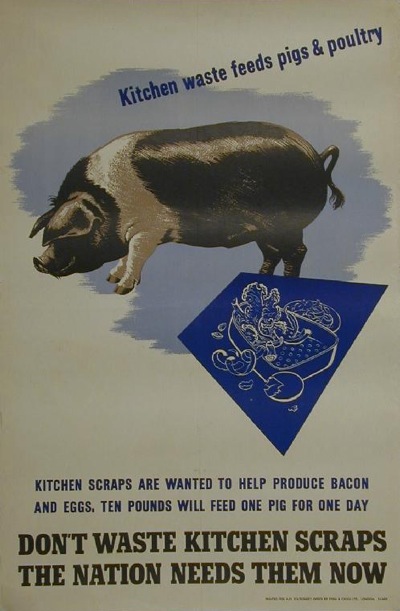
Beverley Pick, WW2 poster
Now, I’ve been thinking for a while about the degree to which post-war British graphic design was shaped by people who were one way or another foreigners. There are so many of them that it would be hard not to really. But finding that this is also true for Beverley Pick has pushed me into action.
So here is a roll call of as many emigré designers as I can think of who worked in the UK in the decade or so after the war. It’s an impressive selection. With, for no particular reason other than that’s the way it turned out, lots of GPO posters as examples.
Andre Amstutz
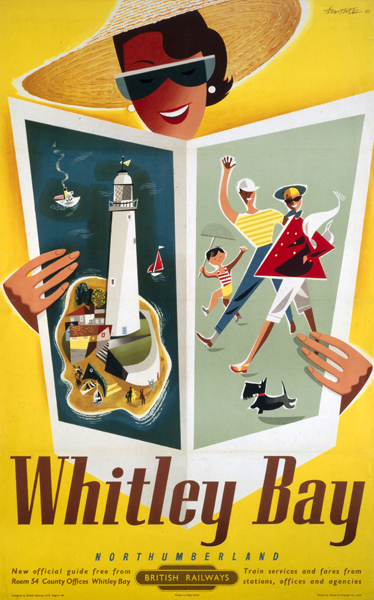
British Railways, 1954
Dorrit Dekk
Arpad Elfer
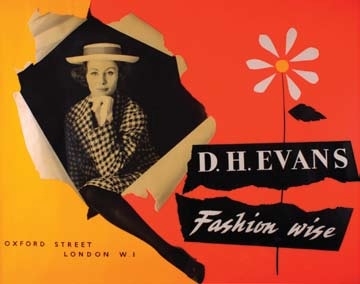
D H Evans, 1954
Abram Games
F H K Henrion
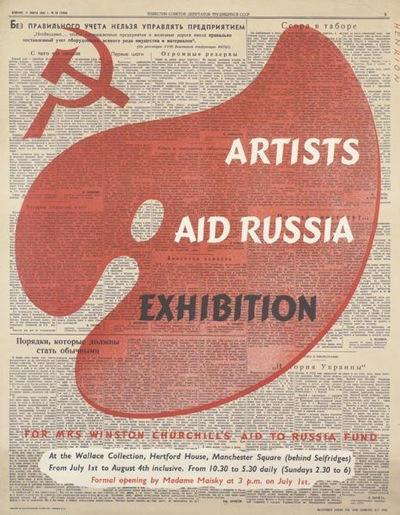
1942
H A Rothholz
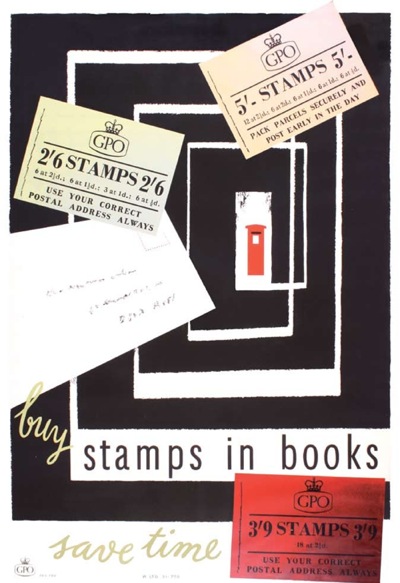
GPO, 1955
Pieter Huveneers
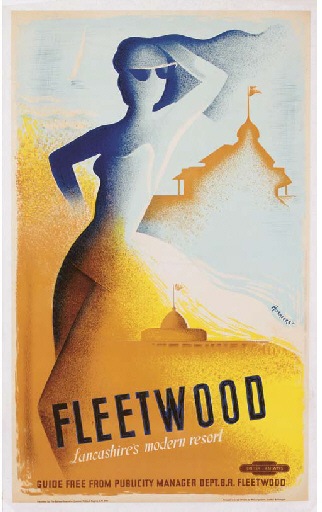
British Railways, 1950
Karo
Heinz Kurth
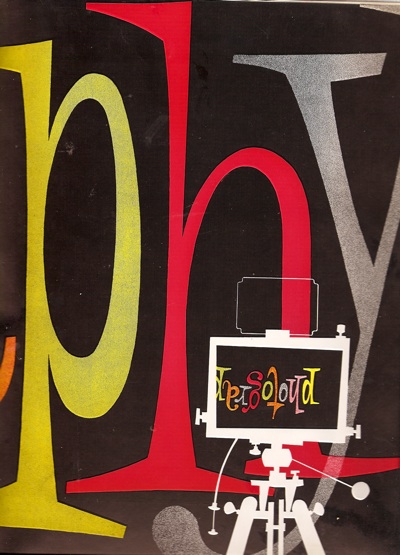
Artist Partners
Lewitt-Him
Manfred Reiss
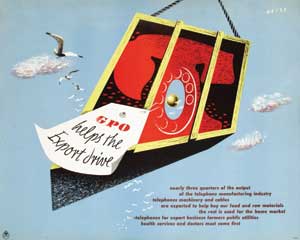
GPO, 1950
Hans Schleger
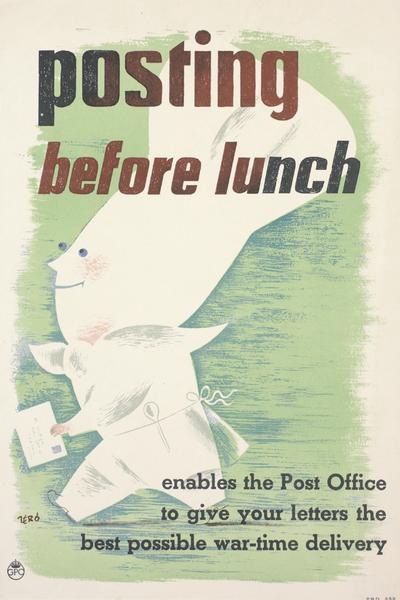
GPO, 1941
Hans Unger
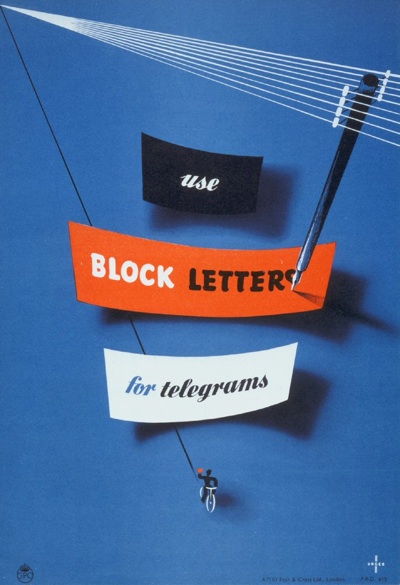
GPO, 1951
Together they make up pretty much half the content of this blog most months. And I am sure that there are plenty more I have left out – please feel free to remind me who they are.
That’s all I am going to say for now, partly because this is quite long enough as it is, but also because I am in the process of working out what the story might be. So if you have any thoughts on why British design became such an emigré profession, I’d love to hear those too.
